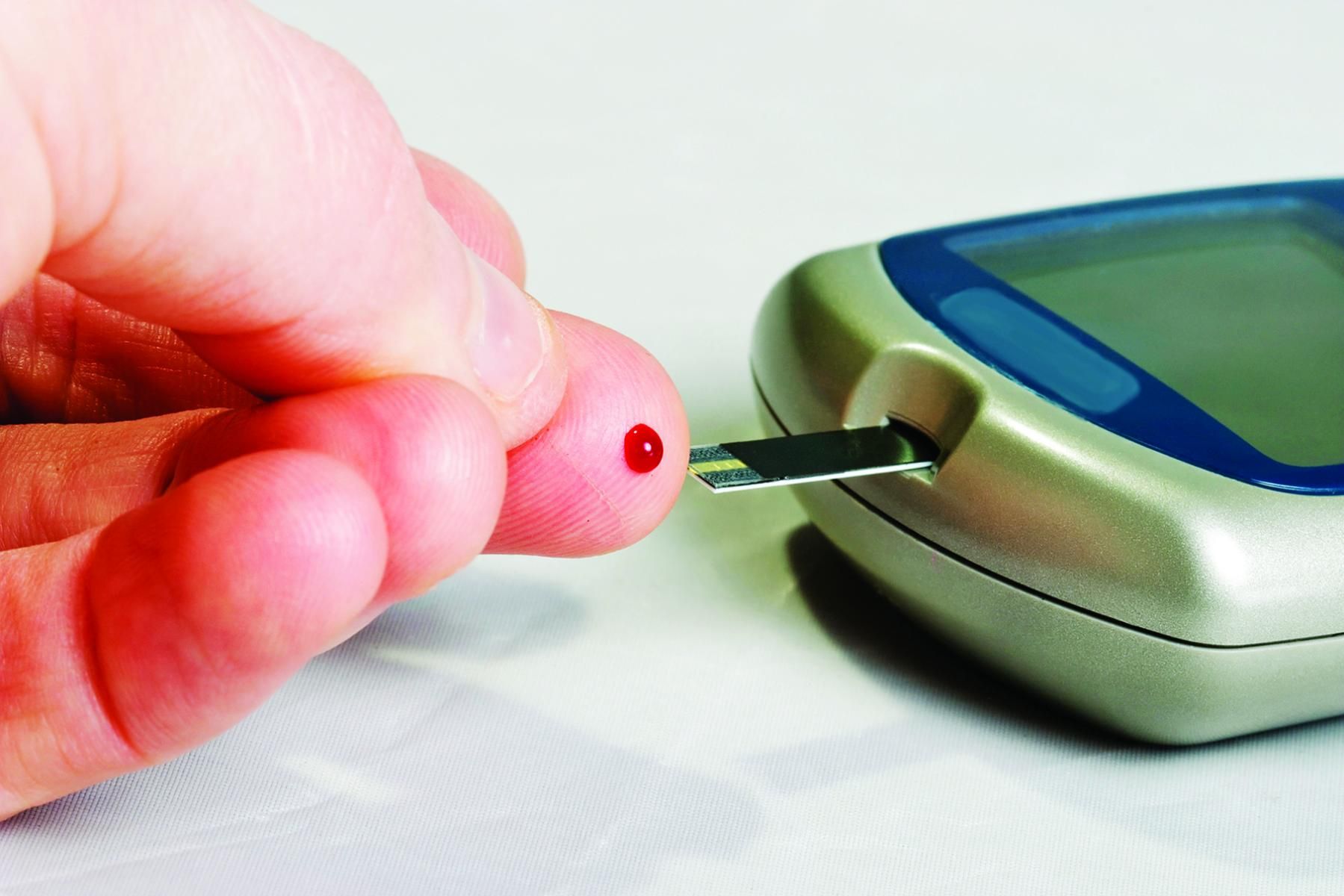Omega-6 fatty acids may increase fat accumulation, insulin resistance in subjects with type 2 diabetes, study suggests
The researchers found that a high serum dihomo-γ-linolenic acid (DGLA), an omega-6 polyunsaturated fatty acid, was associated with obesity, body fat accumulation, a high alanine amino transferase level, and insulin resistance in Japanese subjects with type 2 diabetes.
Photo © iStockphoto.com/evgenyb

Results from a study1 published in Internal Medicine suggest that omega-6 fatty acids may contribute to fat accumulation and insulin resistance in patients with type 2 diabetes. Specifically, the researchers found that a high serum dihomo-γ-linolenic acid (DGLA), an omega-6 polyunsaturated fatty acid, was especially associated with obesity, body fat accumulation, and insulin resistance, in Japanese subjects with type 2 diabetes.
The aim of the study was to clarify the associations between serum omega-6 and omega-3 polyunsaturated fatty acid levels and other obesity-related metabolic parameters in diabetic subjects. According to the authors, existing studies suggest that omega-3 and omega-6 polyunsaturated fatty acids have “opposing effects” on adipogenesis, or the browning of adipose tissue, as well as the brain-gut-adipose tissue axis and systemic inflammation. Elevated levels of omega-6 fatty acids have also been associated with weight gain, as well as an increased incidence of type 2 diabetes, they write.
The current retrospective, cross-sectional study utilized clinical records from 225 Japanese patients who had been diagnosed with type 2 diabetes. Participants underwent glycemic control and diabetes education at the Yokohama Rosai hospital (Yokohama City, Japan) from January 2011-December 2016. Subjects self-reported their history with diabetes.
Based on admission data, researchers calculated subjects’ body mass index (BMI) and subjects’ waist circumference. They also used data from the second morning of hospitalization, over a fasting period of 12 hours, when researchers had collected blood samples. In order to assess participants’ serum polyunsaturated fatty acids, researchers used gas chromatography flame ionization detection. They used data measuring subjects’ immunoreactive insulin levels via a chemiluminescent enzyme immunoassay. In addition, researchers also measured subjects’ body fat composition, body fat percentage, and skeletal mass index.
Analysis indicated that a higher serum level of DGLA was associated with obesity, body fat accumulation, a high alanine amino transferase level, and insulin resistance. “These results suggest that an excessive intake of [omega-6 polyunsaturated fatty acids] is associated with obesity and its related metabolic abnormalities,” the researchers state. They add that there was no consistent correlation between the serum levels of omega-3 fatty acids and obesity-related parameters.
The researchers add that by further examining these associations, healthcare practitioners may in turn be able to more effectively evaluate diabetic subjects’ metabolic abnormalities and dietary habits. “The measurement of the serum PUFA levels may be useful in evaluating for obesity-related metabolic abnormalities and estimating the dietary habits of the patients,” they write.
References:
1. Tsurutani Y et al., “Increased serum dihomo-γ-linolenic acid levels are associated with obesity, body fat accumulation, and insulin resistance in Japanese patients with type 2 diabetes,” Internal Medicine. Published June 6, 2018.